Industry perspectives: how has the talent pool changed?
Industry perspectives: how has the talent pool changed?
By Maria Fontanazza • [email protected]
As Med Ad News celebrates 40 years of serving the pharmaceutical and healthcare marketing and advertising community, we sat down with several subject matter experts to reflect on the evolution of the industry and where we’re headed. More of that to come in our special August issue, and over the next few weeks, we’ll be publishing content online from these exclusive interviews.
Editorial Advisory Board members Dennis Urbaniak, executive vice president digital therapeutics at Orexo US and Jay Carter, EVP, director of business development at AbelsonTaylor expand on the important question: how has the industry’s talent pool changed?
Dennis Urbaniak: I’ve seen much more diversity of people’s background; the boxes are less rigid. Different people with different backgrounds applicable to what we’re looking at are coming to the table. And that’s a good thing. Someone who may have been a practitioner for years and joined an agency and can speak from the channel perspective—they may not be a traditional creative person or account or strategy person, but they know a tremendous amount about the actual channel on which you’re working and can speak to it in a language that the people I’m trying to work with can understand.
I think the whole marketing world has changed a lot where there are a lot of people who have done a lot of different work with clients in the real world around experience and the understanding of experience and design. That’s becoming more of a standard regardless. It’s more of the core group that comes together and can speak that language. They may not all be experts, but they know the principles and how they fit, and they can articulate it in a way that I can see it from my business point of view to address a need that I have or my customers have.
At the same time, the competition on the agency and the support side – especially over the past two years – it’s at a level of speed, change, and intensity that I’ve never seen in my almost 30-year-career. It’s incredible what’s happening right now. Right now finding the individual that can speak with enough core understanding of the business and also represent the different capabilities of an agency is at a premium. You have not only the agency groups out there looking for people who can do that, but you also have a lot of consulting firms and boutique specialty firms. A lot of the different participants in healthcare are looking for that similar profile; even if you look at digital health, last year there was a record number ($16 billion+) in new money towards startups. And a lot of the startups are saying they don’t need more engineers per se but they need business people who understand the market and the space who can then translate what we’re doing from a technical and strategy point of view. The profile of the person who can sit on the fence and look at both sides and speak a common language—that’s where I’m seeing tremendous competition for talent. If you think about it, it’s an incredibly important skill that can have a foundational effect on how you build a business—whether you’re a client or a client partner. It used to be those were the top folks – the partners and the CEOS – but I think the demands for that skill are more at a middle level, because you need to have people who can roll up their sleeves and do the day-to-day work.
Jay Carter: That’s one of my passion projects. It was complex enough back in the old days when you needed an account person to interact with a customer. You needed a writer, you needed an art director, you needed a creative director to tie it all together, and then you needed production. Today, because we use so many different channels in order to reach patients, it’s critical to have professionals like engagement strategists to articulate what the most effective, lowest cost ecosystem to interact with a customer is. You need someone who is really good at data to make that work. You still need a writer and an art director for the core content, but there are so many other people who get into the process in order to make it shine. Consumer [industry] had account planners and VOC 40 years ago, but pharma didn’t really start to do it until 25 or 30 years ago, and now I can’t picture life without a strong planner on my team because they add so much value in looking at what the customer has to say in a careful, considered fashion, and synthesizing the right message to respond to that.
The other thing obviously going on right now is that we have a talent pool that is too small for all the projects that need to get done, and virtually everyone is scrambling to have staff that makes things happen. I think that will eventually even itself out.
| Maria Fontanazza is the director of content, Med Ad News and PharmaLive.com |

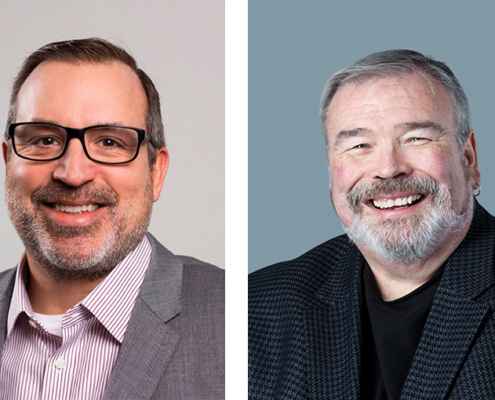
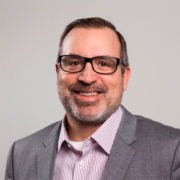

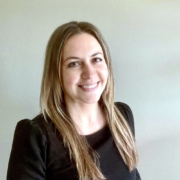
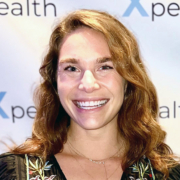
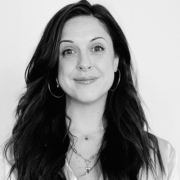
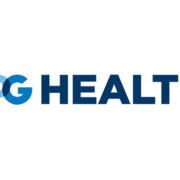
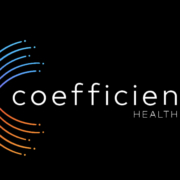

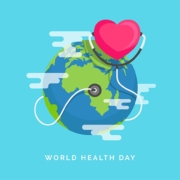

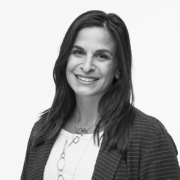

 Reuters
Reuters